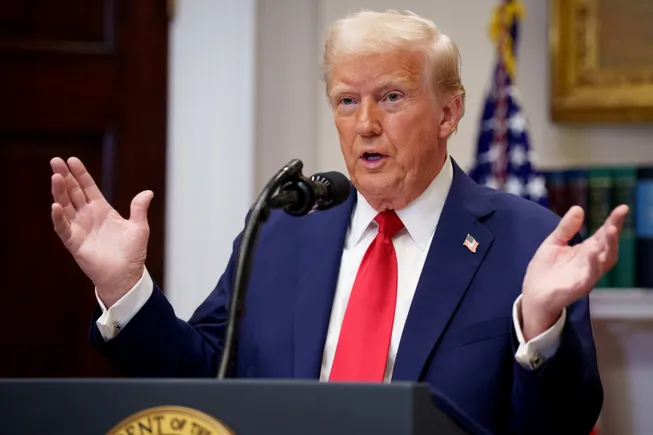President Donald Trump recently announced his plans to impose a 10% tariff on China-based imports starting on February 1st. This decision was revealed during a press briefing at the White House, where Trump also mentioned his intention to implement 25% tariffs on Canada and Mexico by the same date. These actions align with the promises made by the president following his reelection in November.
Initially, Trump had stated that he would sign an executive order on his first day in office to enforce tariffs on China, Canada, and Mexico. However, on Monday, he issued a memorandum directing federal agencies to assess U.S. trade policy instead. During the press briefing, Trump specifically cited the importation of fentanyl from China into Mexico and Canada as a key reason for the proposed tariffs.
The proposed implementation date of February 1st falls within the timeline outlined in Trump’s trade review memorandum. Federal agencies have until April 1st to recommend potential solutions to address U.S. trade challenges, which may include the imposition of tariffs. Retailers and manufacturers have previously experienced the impact of Trump’s tariffs during his first term, particularly during the trade dispute with China.
If the proposed tariffs are enacted, they could have significant implications for the U.S. economy and its trading partners. The introduction of new tariffs may prompt retaliatory measures from targeted countries, potentially affecting U.S. companies. According to experts, these tariffs could also result in a reduction in U.S. consumer spending power, impacting businesses and consumers alike.
Furthermore, companies operating in China may face changes to export control laws and anti-foreign sanctions laws. There is a possibility that U.S. companies could face legal repercussions if they withdraw from deals with Chinese manufacturers due to sanctions or tariffs. Experts suggest that China may be better equipped to withstand the impact of these tariffs, especially as they strengthen relationships with other countries not aligned with the United States.
In conclusion, President Trump’s proposed tariffs on China, Canada, and Mexico could have far-reaching consequences for the global economy and trade relations. As the situation continues to evolve, businesses and policymakers will need to closely monitor and adapt to these changes to navigate the challenges ahead.




